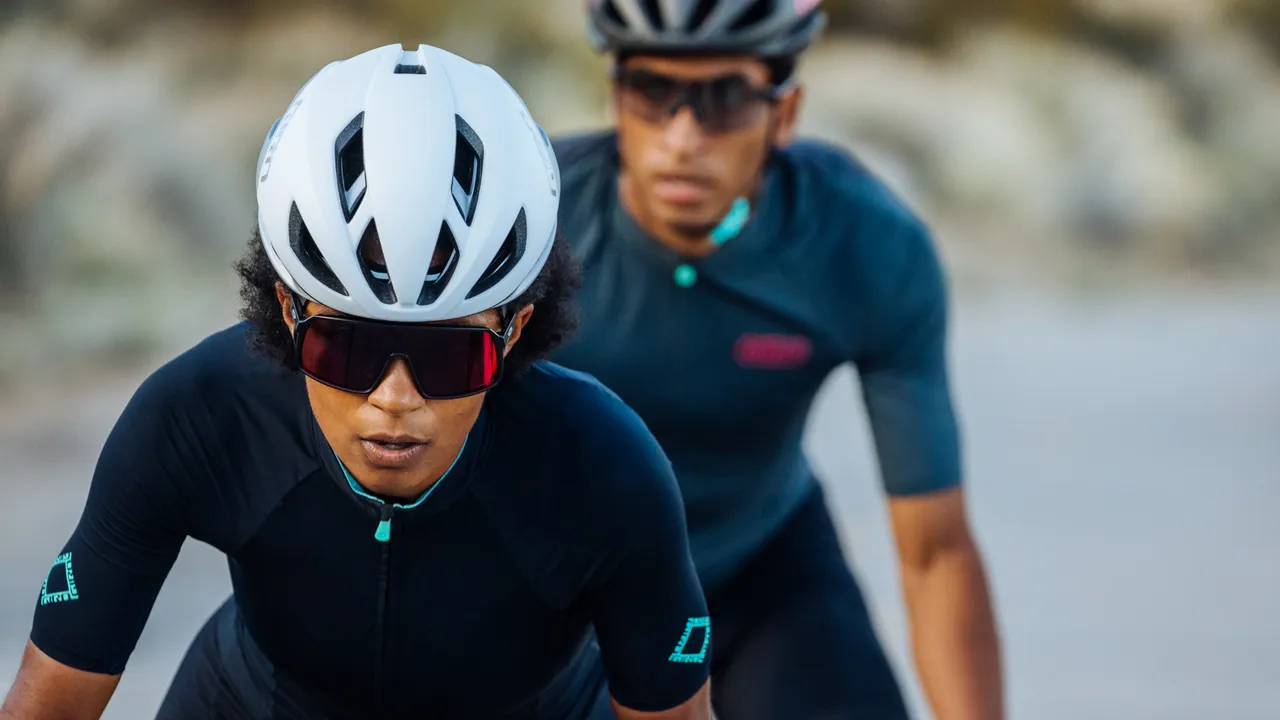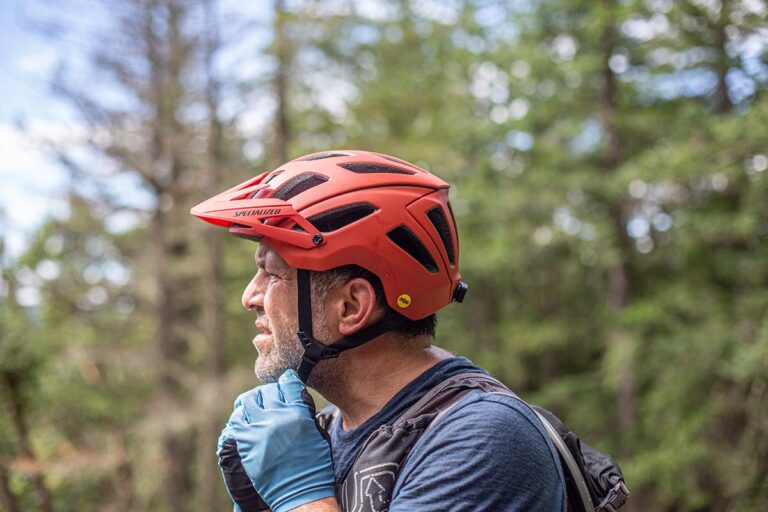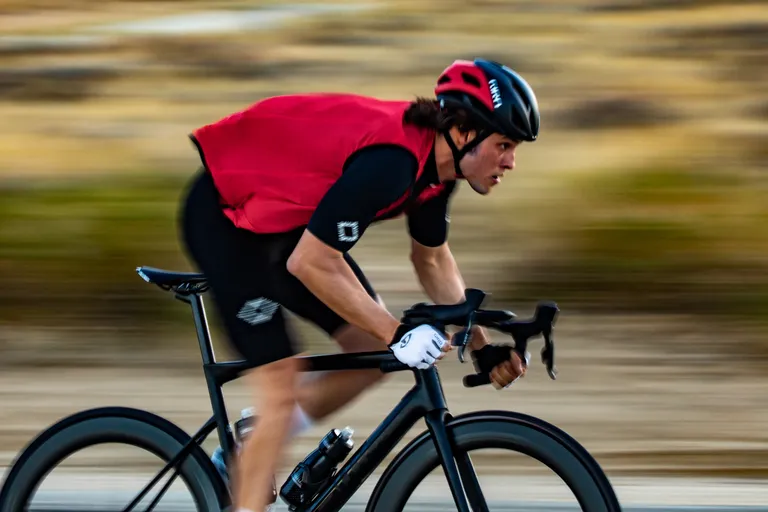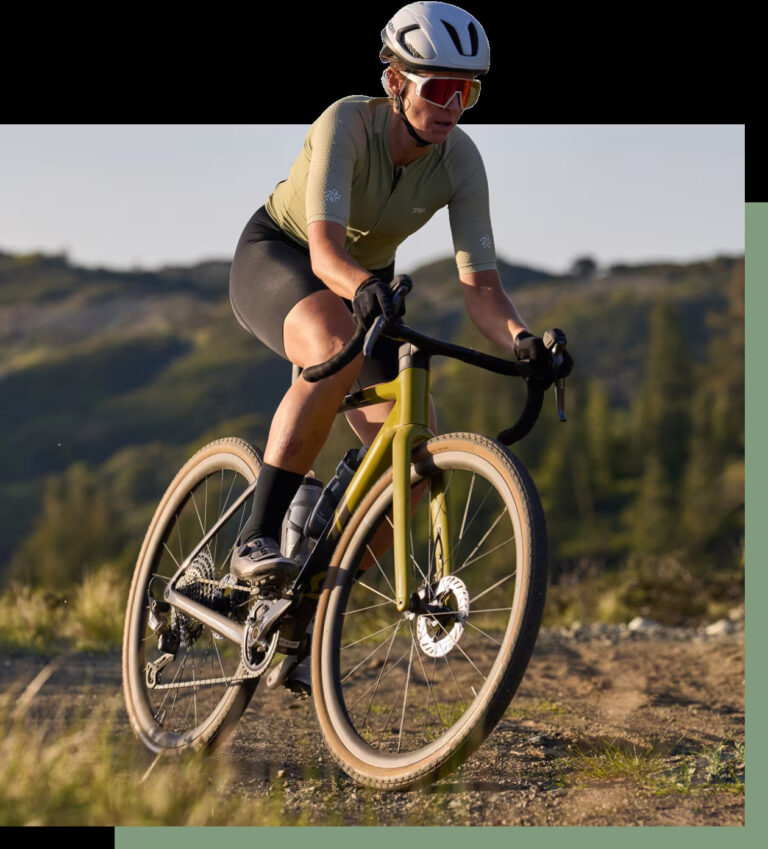Hydration On The Move: Adding Hydration Systems to Road Helmets
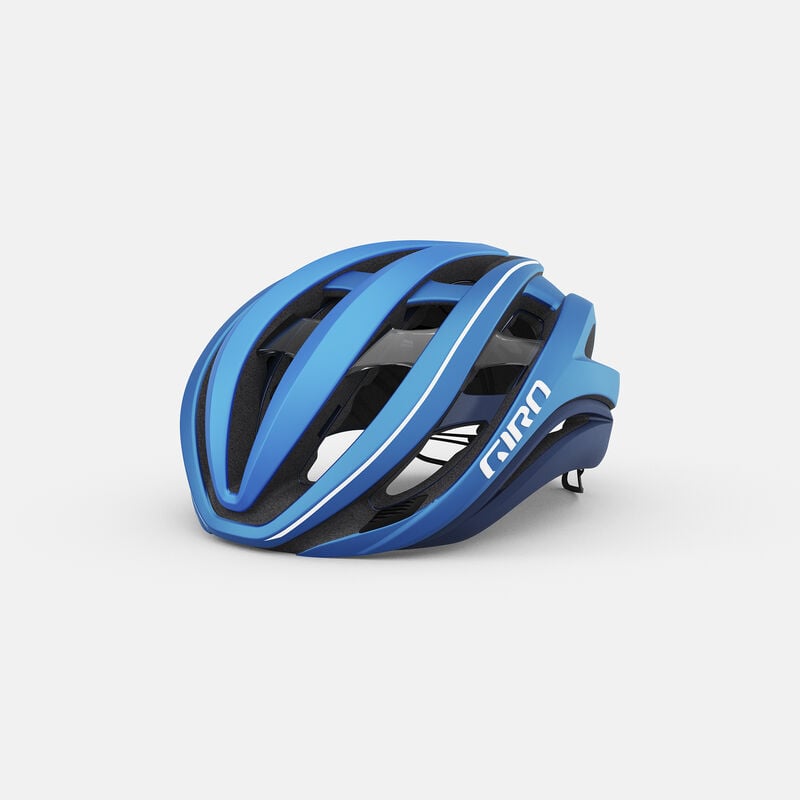
Key Point Summary of Adding Hydration Systems to Road Helmets:
- Understanding Helmet Hydration Systems: Compact, accessible solutions for drinking while riding.
- Compatibility and Safety: Ensuring the system fits your helmet without compromising protection.
- Installation Tips: Securely attach the system for stability and ease of use.
- Maintenance: Keeping your hydration system clean and functional.
Embarking on long road rides under the sun has taught me the undeniable value of staying hydrated. Yet, stopping to sip can disrupt your rhythm and performance. This challenge led me to explore helmet hydration systems, a game-changer for maintaining hydration without breaking stride. Here’s a guide on adding hydration systems to road helmets, tailored for cyclists from beginner to intermediate levels, aiming to keep water within reach on their journeys.
The Quest for Hydration Efficiency
The right hydration setup can mean the difference between a ride cut short and conquering new distances. Helmet hydration systems, often seen in time trials and triathlons, offer a streamlined way to drink without needing to maneuver a water bottle. They typically consist of a fluid reservoir, a delivery tube, and a bite valve for easy access.
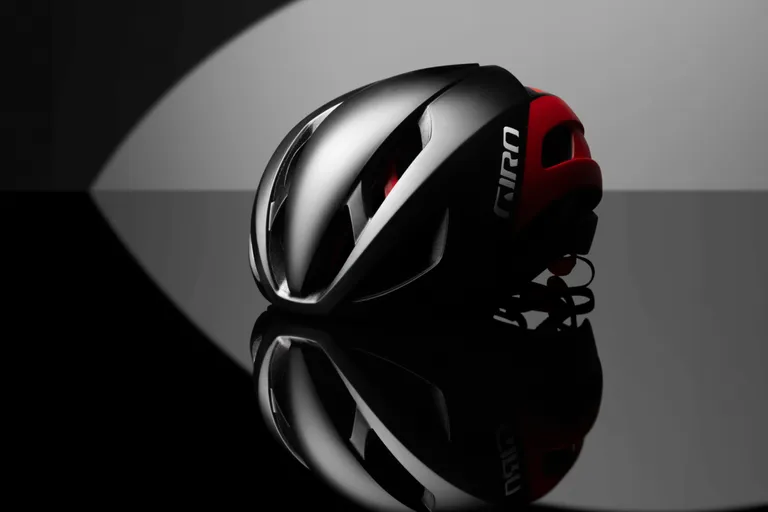
Ensuring Compatibility and Safety
Not all road helmets are directly compatible with hydration systems, and it’s crucial not to alter the helmet structure in a way that could reduce its safety effectiveness. Look for systems designed to attach externally to the helmet or specific helmets designed to integrate with hydration systems. Safety should never be compromised for convenience.
Smooth Installation for Seamless Hydration
Securing a hydration system to your helmet involves a few considerations to ensure it’s both stable and accessible. The system should be mounted so that the tube is easily reachable without obstructing your vision or movement. Velcro straps and clips can be effective for attaching the reservoir to the helmet while ensuring the bite valve is positioned for easy access.
Keeping the System Clean and Functional
Maintenance is key to ensuring your hydration system remains safe and pleasant to use. Regularly cleaning the reservoir, tube, and valve with mild soap and water prevents mold and bacteria growth. Drying the components thoroughly after each wash extends their lifespan and keeps your water tasting fresh.
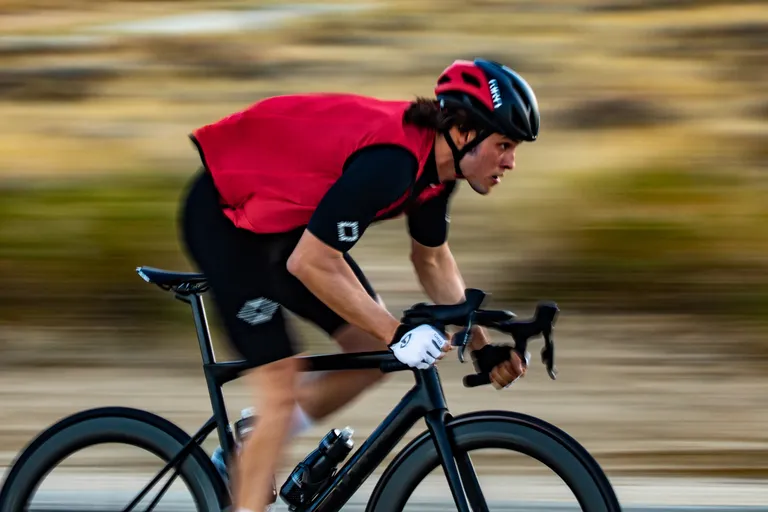
Wrapping Up
Adding a hydration system to your road helmet is a smart strategy for any cyclist looking to stay hydrated on long rides without interrupting their flow. By prioritizing compatibility, safety, and ease of use, you can enhance your cycling experience, ensuring water is always within reach. Whether you’re pushing through a century ride or exploring new roads, the right hydration setup keeps you going stronger for longer.
Reflecting on the discussion about integrating hydration systems into road biking gear, one helmet that stands out for its design, safety, and potential compatibility with hydration solutions is the Giro Aether MIPS. The Giro Aether MIPS demonstrates that you don’t have to compromise on safety, comfort, or performance when looking for a road bike helmet that can work well with hydration systems, making it a top recommendation for cyclists aiming to maintain hydration efficiently during their rides.
FAQ
How do you use a hydration pack with a helmet?
Attach the hydration pack’s hose securely to your helmet using clips or magnetic attachments for easy access. Route the hose along the helmet strap or through designated helmet clips, ensuring the bite valve is positioned close to your mouth for convenient sipping without needing to remove your hands from the handlebars.
How do you drink with a full face helmet?
Use a hydration pack with a long hose that can be routed inside the helmet or along the side to reach your mouth. A bite valve at the end of the hose allows you to drink by simply biting down to release the water. Magnetic clips or hose guides attached to the helmet or chin bar can help position the hose for easy access.
